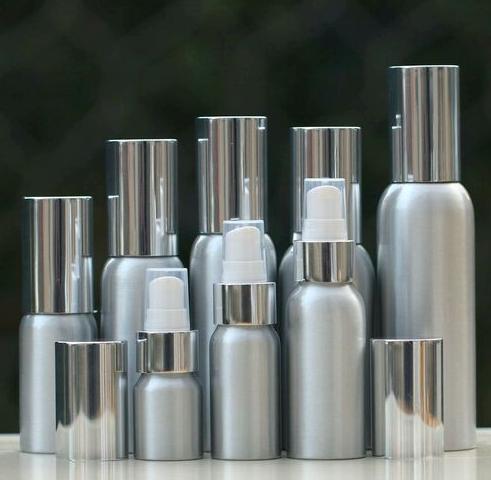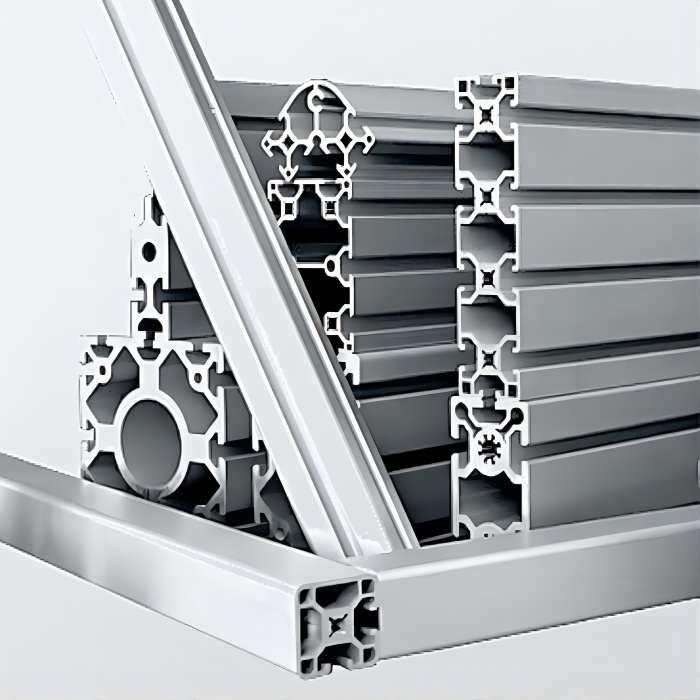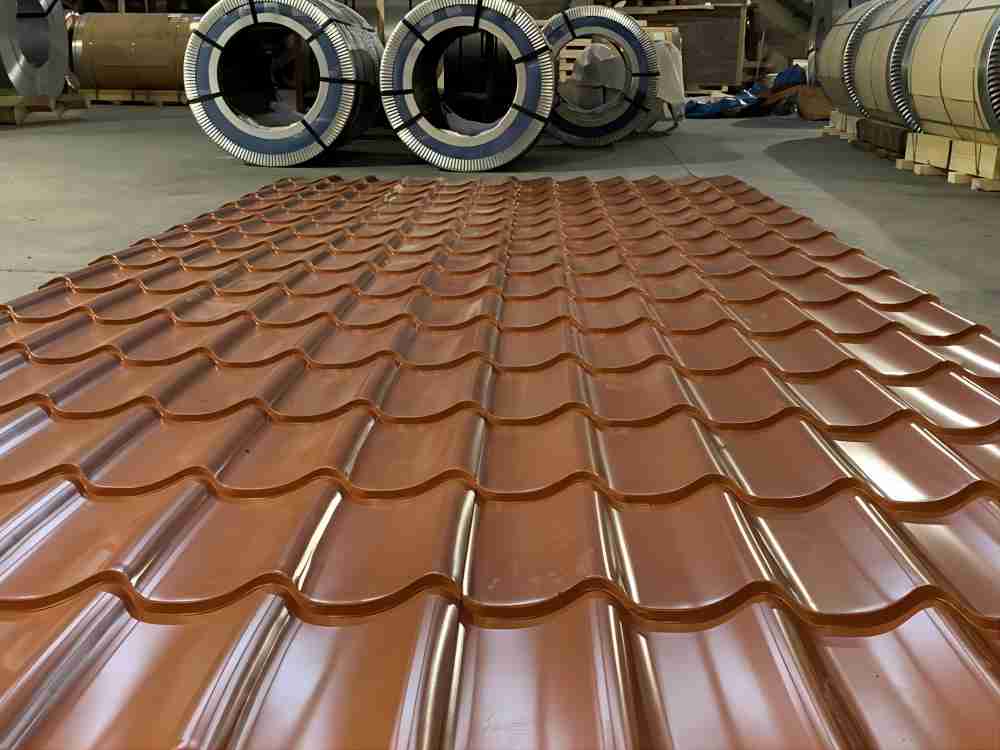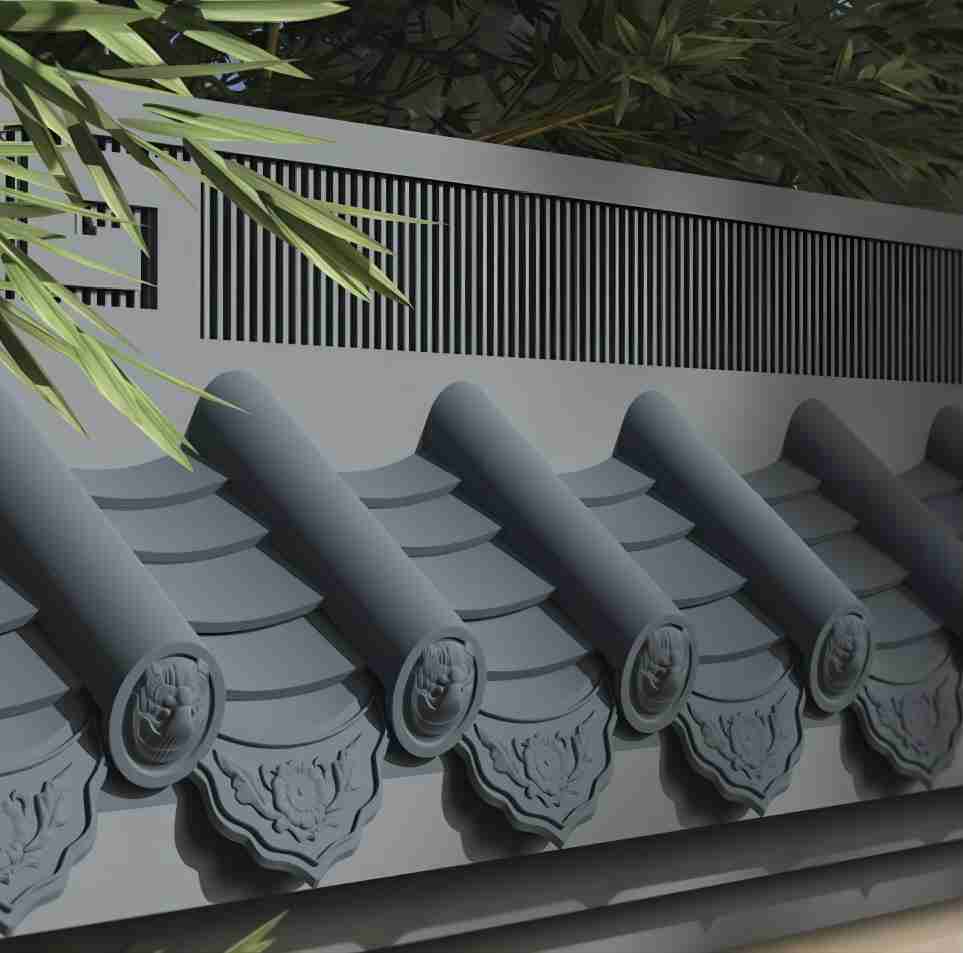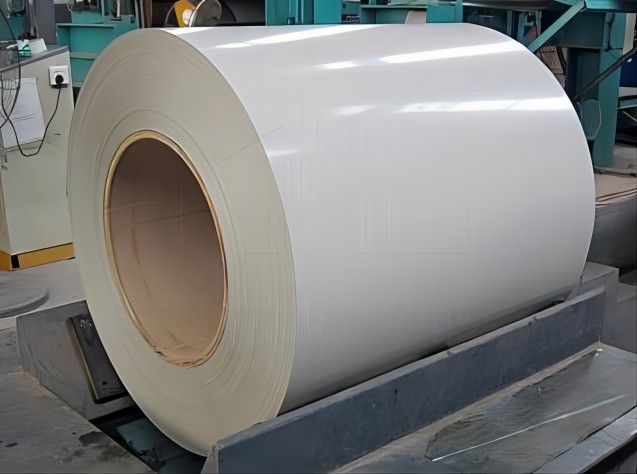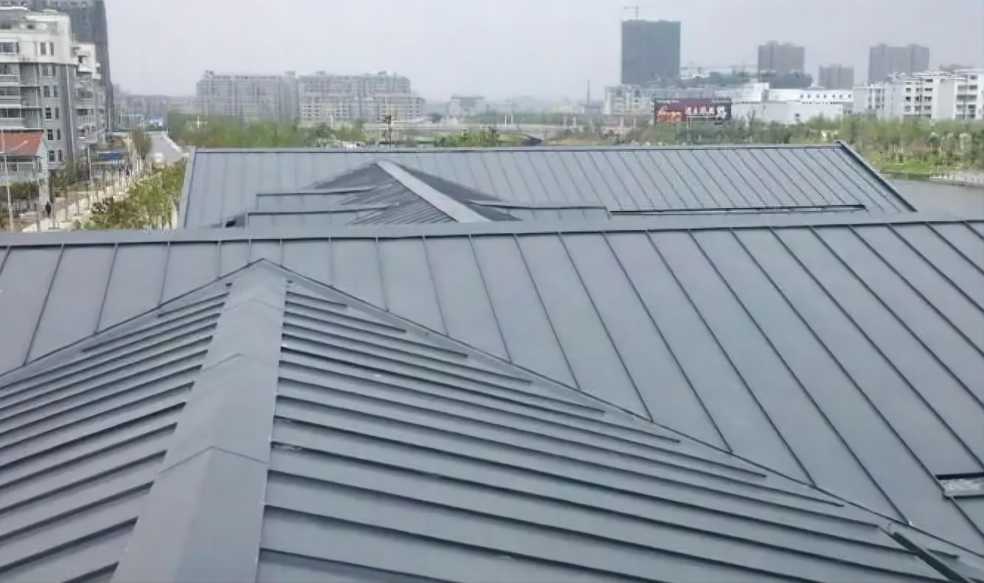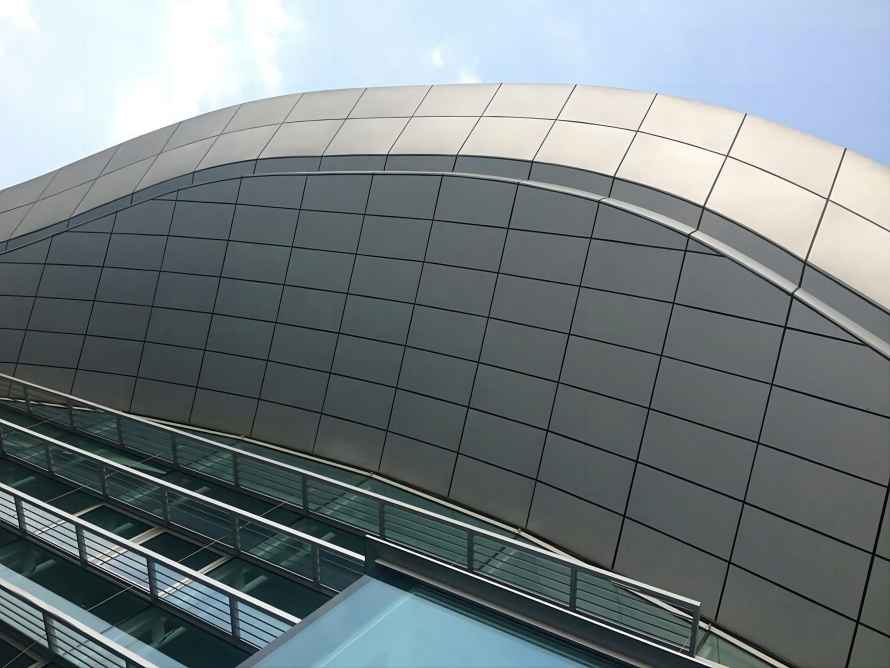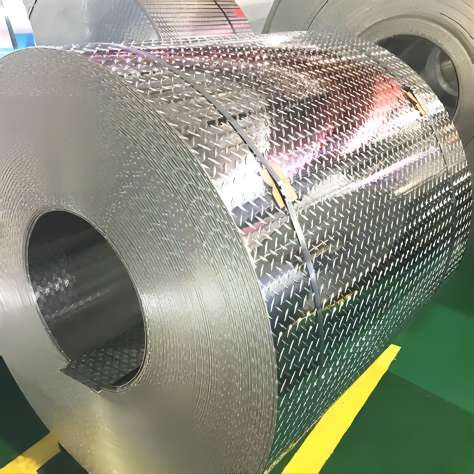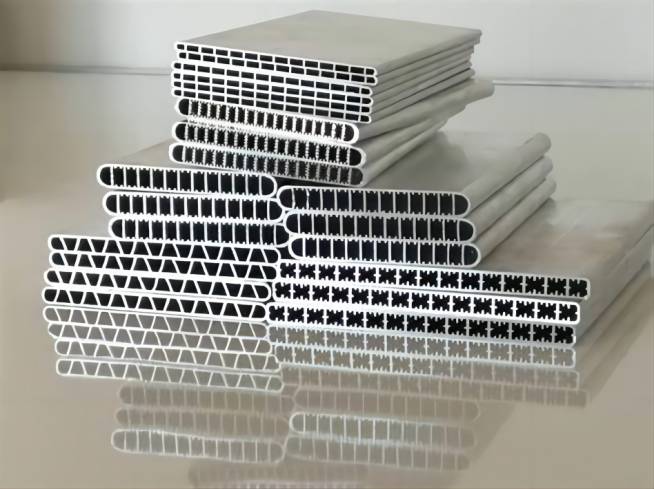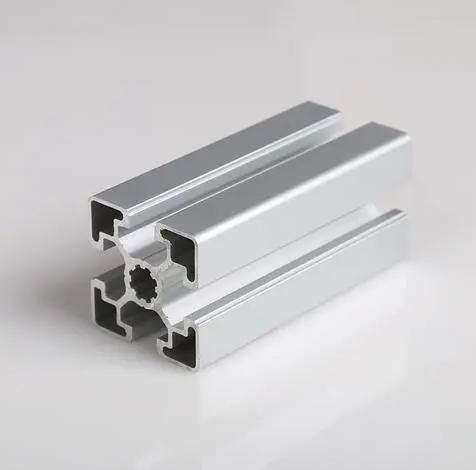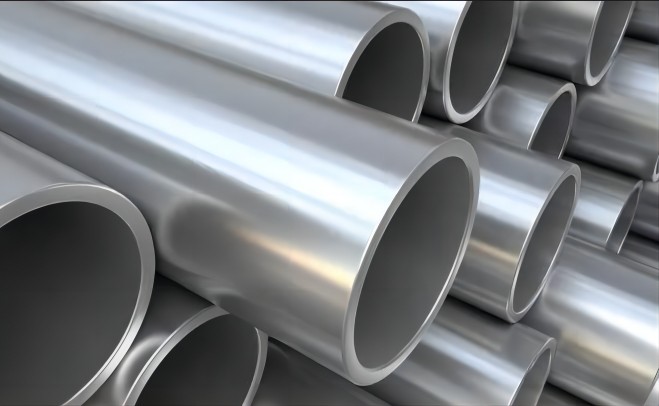Aluminum Cosmetic Packaging: Understanding the Types of Aluminum Used in Cosmetic Packaging and Their Advantages
In the ever-evolving landscape of the beauty industry, packaging plays a pivotal role in shaping consumer perceptions and influencing purchasing decisions. Aluminum has become a popular choice for cosmetic packaging…
Why 2024 Aluminum Reigns Supreme for Aircraft Stamping Components?
In the relentless pursuit of efficiency and performance in the aviation industry, every component plays a crucial role. Aircraft stamping, a technique used to shape metal sheets into complex shapes,…
Applications of 6063T5 Series Aluminum Profiles in Industrial Assembly Systems
6063 T5 aluminum extrusion profile is a high-strength frame profile that is mainly used in the processing and assembly of industrial frame structures. After years of research and application, it has gradually formed…
Antique Aluminum Tile: A Timeless Touch of History
Aluminum, once lauded as the “wonder metal,” has a rich and fascinating history. This versatile material, discovered in the 19th century, quickly revolutionized industries due to its lightweight, corrosion-resistant properties…
Antique Aluminum Roof Tiles: Common Types and Surface Treatments
Antique aluminum roof tiles offer a unique blend of beauty, durability, and sustainability. Unlike their modern counterparts, these tiles boast a rich patina and a story of resilience, adding an undeniable…
The Diverse Applications of PVDF Coated Aluminium Coil: A Material of Beauty and Utility
PVDF coated aluminum coil is a versatile and high-performance material that has revolutionized a wide range of industries. Combining the strength and lightweightness of aluminum with the superior protection and aesthetics…
Aluminum Standing Seam Roof: Advantages and Common Problems
Aluminum standing seam roofs are a popular choice for many homeowners due to their durability, longevity, and aesthetic appeal. However, it’s important to be aware of both the advantages and…
Aluminum Veneer Panels: A Modern Choice for Building and Design
Aluminum veneer panels are a rapidly growing trend in the construction industry, offering a unique blend of aesthetics, performance, and durability. These versatile panels can be used for a wide variety…
Aluminum Checker Plate: A Comprehensive Comparison of 6061 and 5052 Alloys
Aluminum checker plate, also known as diamond plate or tread plate, is a versatile and durable material widely used in various industrial, commercial, and residential applications. Its distinctive raised diamond…
Enhancing Heat Exchange Efficiency: The Power of Aluminium Micro-channel Tubes and Coatings
Heat exchange systems play a crucial role in various industries, from automotive to HVAC, ensuring efficient temperature regulation and energy conservation. The choice of materials in these systems is pivotal…
Crafting Efficiency: A Guide to Universal T-Track Aluminum Extrusion in Woodworking
Woodworking is a craft that demands precision, creativity, and efficiency. Whether you are a seasoned woodworker or just starting your journey, incorporating the right tools can significantly enhance your workflow…
Navigating the Cost Landscape of Drawn Aluminum Tubes: Key Factors and Strategies for Informed Purchasing
Drawn aluminum tubes, also known as DOM (drawn over mandrel) tubes, are a type of seamless aluminum tubing produced through a cold drawing process. This process involves pulling a heated…

